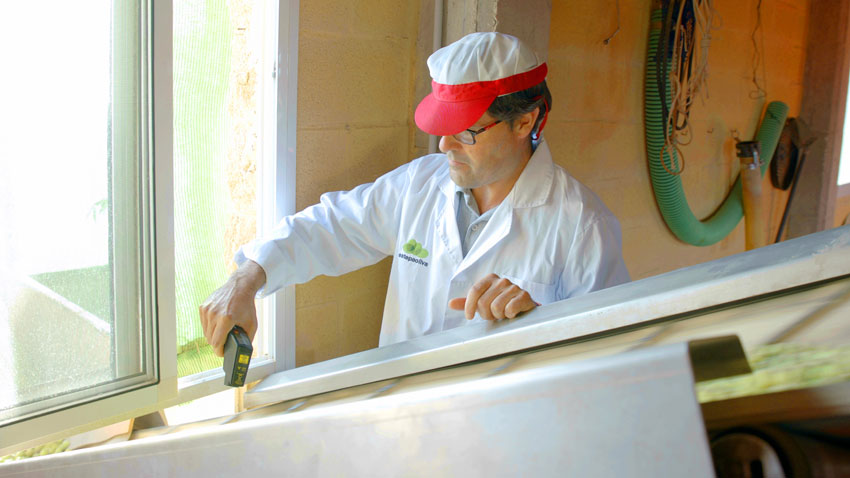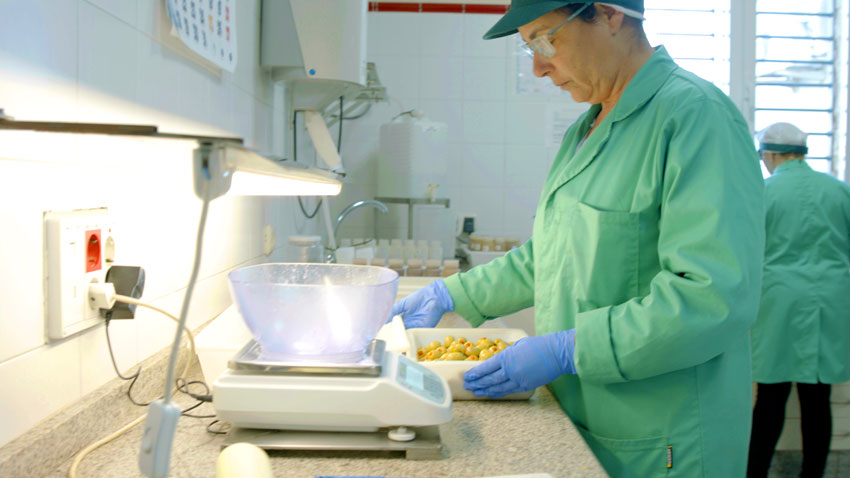Sustanable Process
Every olive has a peak season for growing and harvesting before they can be cured, the centuries-old method of drawing out each olive varietal´s true flavor.
While olives ripen on the tree, we choose the optimum moment for harvesting the fruit before the “envero” stage.
We follow a fully mechanical harvesting process for our olives, in order to preserve the best possible appearance and all its chemical properties. The time between our olives harvesting and the curing process in our factory is always the minimum possible.
After its harvesting, olives are sorted by size and shape. Smaller olives may be used to produce oil. Olives with bruised skin or any other defect will be rejected. The rest and only the best of the harvest are ready to be cured in our facilities.
Off the tree, olives are inedible and too bitter due to the high content in “oleuropein”, which basically is a type of phenolic compound, and only certain Ph and temperature conditions contribute its elimination, or directly its decomposition.
Through a curing and fermentation process in alkaline conditions, we reduce the level of this molecule, found in the olive skin flesh and seeds, to reduce olive natural bitterness and draws out its inherent sweet, buttery and herbal tones.


Curing, is widely considered an “art form” of the olive craft. This process can take up to six months but in Estepaoliva with our continuous research projects about controlled fermentation, we are able to reduce this time, in more than two months.
The last step before olives reaches your table is packing and shipping in drums (33-154 kg). Our olives pass through a host of safety checks and then are marked with best-by dates and batch numbers.